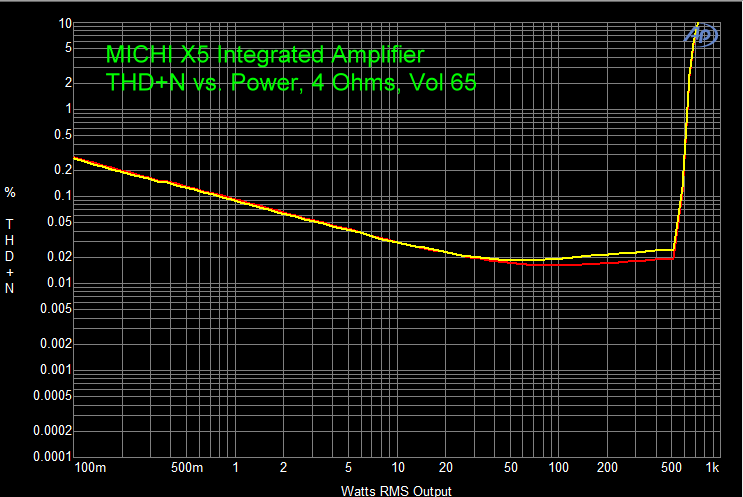


I applied 2 reductions at 28Hz and 72Hz, and one gain at 45Hz and the resultant REW curve appears to be within +/- 2db of my programmed house curve from 20-100Hz. I was able to play around with it for an hour or so last night, and just by manually applying 3 filters I was able to drastically improve the REW response (I had to enter parameters manually because the MIDI cable has not yet arrived). The cost is very low and the potential is very high for increasing listening pleasure-a much greater benefit to cost ratio than any other alternatives typically employed by audio enthusiasts.Just a quick update. If there is any dissatisfaction, the prior settings used can be instantly returned to.
REW VS TRUERTA FREE
Measurement issues can be identified and corrected using this approach.Īt any rate, once the low cost of the calibrated microphone is sunk for doing measurements (assuming computer and cables are already available), the rest of this process and its results are free of cost. xdat configuration file to flatten response, and continuing with subsequent measurements until desired flatness of response or tailoring of that flatness by desired house curve is achieved) is that the quality of the measurements themselves can be assessed through looking at the various plots that are generated with each measurement. The good thing about this process (i.e., the user takes REW measurements and emails to me, I return an. I'd recommend starting with a 1.5 octave setting.Īs far as any use of "non-standard" horn, compression driver, or even DSP crossover combinations, that's why I've offered my services to help dial in these new combinations since I've successfully helped many others do it using REW measurements in room. You can easily try this and listen carefully-as it costs nothing to try it, and it can be easily returned to prior preset values that were in use without further issues. I have found that using a 1.5 to 2 octave bandwidth for the shelving filter in the Xilica approximates what the EV shelving filter used by Roy in the original EV K-691 settings was doing (and note that there is still a pretty large difference in results using 1.5 octave vs. Secondly, it is the shelving filter difference between the EV processors and the Xilica processors which is the real heart of the issue you are asking about (in my experience). REW provides other means/plots with each measurement that can be useful. If one is using a different combo than the Jub/402/K691, is there a simple conversion to correct the dissimilar parameters between the two processors or does one need to measure response, with the Xilica in use, to determine the correct shelf filters?įirst, the best way around all of the angst of different implementations of shelving filters is to take a measurement using REW or even TrueRTA to verify the frequency response (at least). Hopefully, you won't also have to go through this rite of passage. I am sorry to nit pick, but in the past, this discrepancy has wasted a bunch of my time.
REW VS TRUERTA MANUAL
So my friendly advice is that you look at the manual of the Electrovoice unit and also the manual of the "other unit" to see what nomenclature they use. These can lead to very different outcomes. Or it can be defined as the -3 dB (or +3dB) point of the transition. Where the transition occurs (frequency) can be defined as the frequency that is at the center of the transition. Most units use what are called "Symmetrical Constant Q" while others may use "Proportional Q" filters (eg, the miniDSP units). These are things you need to find out about the particular DSP units that you are using. Let me make a couple of general comments since others may try and do something similar, with perhaps other pieces of equipment.


 0 kommentar(er)
0 kommentar(er)
